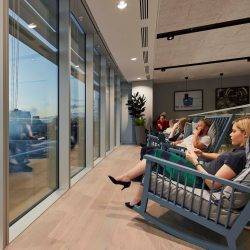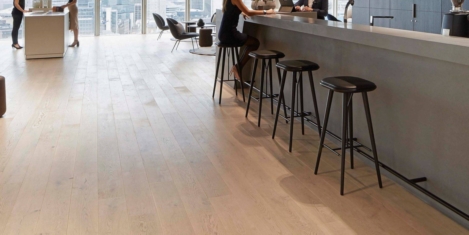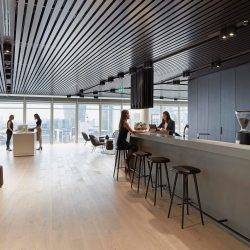January 26, 2017
UK commercial property continues to bounce back after Brexit, but there’s trouble ahead 0
 Demand for commercial property in the UK continues to grow even as the country prepares to leave the European Union, according to the latest quarterly Royal Institution of Chartered Surveyors (RICS) market survey. The report for Q4 2016 suggests that a large proportion of the increase was linked to the attractiveness of UK commercial property for foreign investors. But there are signs of trouble ahead, as the report acknowledges some negative expectations for London commercial property values amid fears the capital will bear the brunt of any Brexit-led departure of firms. Over the fourth quarter, overall investment enquiries were flat in the London office sector. Although the UK market has largely recovered from its post-Brexit slump, London has underperformed the wider market, with some projects being put on hold, property companies cutting rental growth forecasts and rents beginning to stagnate.
Demand for commercial property in the UK continues to grow even as the country prepares to leave the European Union, according to the latest quarterly Royal Institution of Chartered Surveyors (RICS) market survey. The report for Q4 2016 suggests that a large proportion of the increase was linked to the attractiveness of UK commercial property for foreign investors. But there are signs of trouble ahead, as the report acknowledges some negative expectations for London commercial property values amid fears the capital will bear the brunt of any Brexit-led departure of firms. Over the fourth quarter, overall investment enquiries were flat in the London office sector. Although the UK market has largely recovered from its post-Brexit slump, London has underperformed the wider market, with some projects being put on hold, property companies cutting rental growth forecasts and rents beginning to stagnate.










 Amos Tversky and Daniel Kahneman introduced the concept of Loss Aversion in 1984, highlighting people’s tendency to strongly prefer avoiding losses to acquiring gains. Most studies suggest that losses are twice as powerful, psychologically, as gains. Lose £100 and we will feel a remorse that easily outweighs winning £100. In a similar fashion we find it very hard to see future positives when confronted with short term loses. We understand easily what we have lost but cannot imagine what there is to be gained. Furthermore, as Frederic Bastiat wrote in an 1850 paper, “That Which is Seen, and That Which is Not Seen”, man has a tendency to “pursue a small present good, which will be followed by a great evil to come, rather than a great good to come, at the risk of a small present evil”. Put these together and it is no wonder that, by and large, the future of work, corporate real estate and the workplace is so widely misunderstood.
Amos Tversky and Daniel Kahneman introduced the concept of Loss Aversion in 1984, highlighting people’s tendency to strongly prefer avoiding losses to acquiring gains. Most studies suggest that losses are twice as powerful, psychologically, as gains. Lose £100 and we will feel a remorse that easily outweighs winning £100. In a similar fashion we find it very hard to see future positives when confronted with short term loses. We understand easily what we have lost but cannot imagine what there is to be gained. Furthermore, as Frederic Bastiat wrote in an 1850 paper, “That Which is Seen, and That Which is Not Seen”, man has a tendency to “pursue a small present good, which will be followed by a great evil to come, rather than a great good to come, at the risk of a small present evil”. Put these together and it is no wonder that, by and large, the future of work, corporate real estate and the workplace is so widely misunderstood.




















January 20, 2017
The facts about sit stand work are already lost in the stream of narrative 0
by Mark Eltringham • Comment, Knowledge, Wellbeing, Workplace design
(more…)